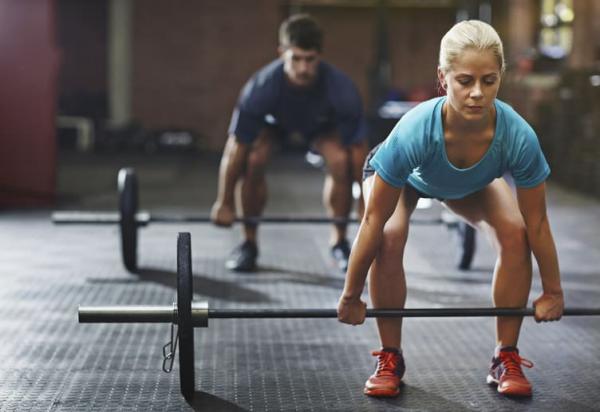
The fitness industry is booming. Living a healthy and active lifestyle is definitely trending in our society, even among some of the younger generations. The internet and sports magazines are full of motivational material with photos of and information about fitness, cross-fit and power-lifting stars.
People long to get slim, buffed-up, healthy bodies. They visit gyms and work out intensively.
Unfortunately, statistics show a lot of people new to the gym run into problems that make them give up on their fitness goals. One of these problems is getting injured during the early periods of training.
Below are three ways to avoid fitness injuries.
1. Understand your health before you start
Certain health conditions may prevent you from doing certain workouts and/or cause you to carefully modify specific exercises.
Before you start a new fitness program, speak with your doctor and go through a number of health tests. Find out if you have heart disease or any problems with your locomotor apparatuses, your back or your joints. Ask your doctor what types of physical exercises you can do and how often you can do them.
If you're training at a gym, give all of your necessary health information to a professional trainer. Then, they can create a training program that takes into account your health conditions and give you exercises that will not be harmful, allowing you to get your best results.
2. Slow down and don't rush
One of the most common mistakes newbies make at the gym is forcing the training process. While this is especially true for men who want to test their physical strength and show off by trying to lift as much as possible, women often make this mistake as well. Most of the time this leads to terrible injuries like full and partial muscle ruptures and joint inflammation.
First, learn the correct techniques to all exercises. Trainers can help you do this. If you can't afford a trainer, there are many popular online guides from professionals that are useful.
After you learn correct techniques and you've built some muscle, you can increase weights carefully in small steps. Remember, to work enough with each new weight so that your muscles get used to it. Once you feel a certain amount of weight has become easy for you to lift (10-15 reps without struggling), you can try adding more weight.
3. Add healthy nutrition
No one can argue with the well-known saying "You are what you eat." At the heart of productive and safe training is after-workout recovery meals. During training your muscles get thousands of micro-gaps, which restore during the following few days after you work out. This process is actually what makes your muscles grow and become larger after days, months and years.
But, in order for this process to work, you must give your body enough building material, aka food and nutrition. Supplement homemade meals with vitamins recommended by your doctor. But remember supplements should not replace natural whole foods. Be sure you get enough protein, hydrates, fat and vitamins with the food you eat; otherwise, you can start to dangerously overtrain. Overtraining causes regress and chronic fatigue and increases your chances of getting injured. This is because a lack of nutrients makes your muscles, bones and joints fragile.

